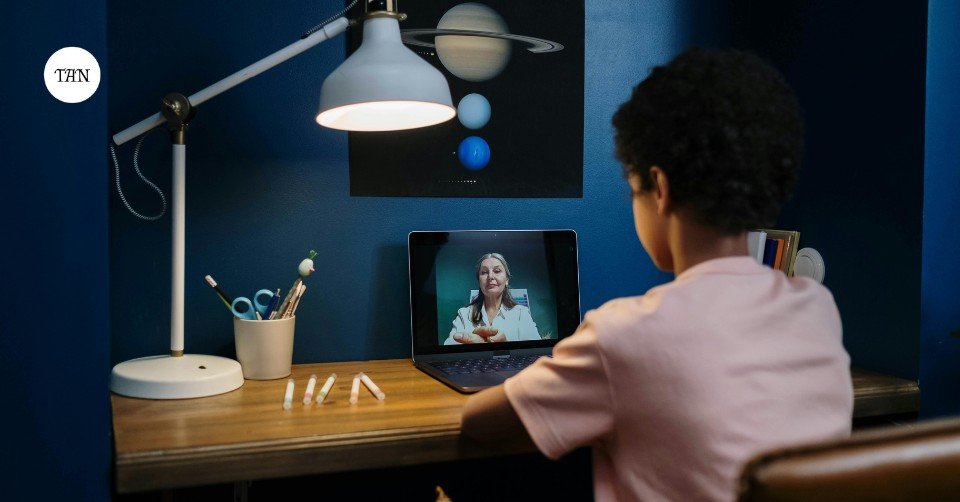Lack of face-to-face contact has quickly become integrative as a part of the distance learning experience. Therefore, for schools to succeed they require approaches that are creative in our modern society by fostering students’ interest, including the disabled, as well as making education more accessible and fruitful. Below is the list of seven radical steps that can be taken to transform distance education in schools.
Innovative Strategies to Enhance Distance Education

As a result, as the delivery system of distance education advances, it becomes imperative for institutions to embrace new techniques that would assist augment this experience . By the implementation of the modern advanced technologies, collegiate environment, and the inclusion of disabled students, it is possible to make effective and innovative learning environments. All the aforementioned strategies enhance learners’ engagement while at the same time enhancing the quality of learning therefore making distance education a commendable and viable form of learning for all its learners.
1. Integrate Interactive Technology
The use and incorporation of the interactive technologies seek to add value and improve the experience of distance education. Technology like VR, AR or game-based learning can help in enhancing students’ level of engagement thereby making the lessons more effective. For example, they can be taken to historical sites or inside a cell to learn biology through a VR headset which hardly occurs in the conventional distance learning.
2. Implement Adaptive Learning Systems
Intelligent tutoring systems attempt to deliver learning materials to learners in a manner which would best suit them as learners. Through algorithms that are implemented in order to analyze learning and achievement levels, these systems empower students with individual needs and learning preferences with special tools and tasks. Thus, students can be provided with the right level of challenge an support, and as a result use overall value of distance education.
3. Foster Collaborative Learning Environments
Arranging for group cooperative endeavors can also redress the problem of loneliness which is common with distance learning. Visits to discussion boards and classroom collaborations, grading assistance, study groups as well as work in groups constitute ways through which students engage in communication. This pedagogy can be supported by the means of technology such as group whiteboards and collaborative discussion boards that foster the common feeling of cooperation and learning.
4. Offer Flexible Scheduling Options
Distance education is flexible and is one of the most important benefits that a student can consider. It is for this reason that, schools should prefer flexible time table provisions owing to the differences in students’ demand for schedules. Examples are the traditional lecture capture that lets the students access content and do the exercises on their time and live classes which facilitate real-time communication with instructors and other learners.
5. Ensure Accessibility for All Students
This is important in order to make distance education easily accessible to enable students to have seamless learning process. This entails the availability of teaching aids in a variety of media, including visual and audiovisual aids, as well as a writing option for the visually impaired students. Furthermore, there is a necessity for schools to integrate the platforms they use with assistive technologies including screen reader for the disabled students.
6. Provide Continuous Professional Development for Educators
Teachers bear great responsibility for the success of distance education and it is crucial to involve them in the learning process. Professional development correlates to the idea that educators continually update themselves as they teach their students how to engage in online learning. Training can refer to issues including social media use, teaching with the use of technology in education, and the application of the techniques in teaching tools. Its provision of resources for the training of teachers may go a long way in enhancing the quality of distance learning.
7. Leverage Data Analytics to Improve Learning Outcomes
There are several important aspects of distance education at which analytical data can serve as a useful tool to monitor student performance. System usage serves as a source of data that can be used in determining attendance, participation and results of the assessments conducted by educators in order to establish trends and best practices. It can be used to modify the delivery of content, deliver specific intervention, improve learner outcomes at a given point in their learning, and boost the learning process.
Thus, the prospects of distance education in schools can be achieved on a basis of a nonbiased approach to technology, collaboration, and constant enhancement of accessibility. With the help of these strategies, schools can make Learning Across Distance an effective process that will be beneficial for every learner.
For additional insights into campus activism and administrative responses, you can check out this article on 5 Shocking Insights into Cal State LA Protests: Campus Activism and Administrative Responses.




